What is Renewable energy integration, challenges, why it is needed
Baua Electric
DECEMBER 31, 2023
Renewable energy integration refers to the process of efficiently incorporating renewable energy sources into existing energy systems. This involves the seamless blending of renewable energy, such as solar, wind, hydro, and geothermal power, into the overall energy infrastructure to meet the growing demand for clean and sustainable energy.

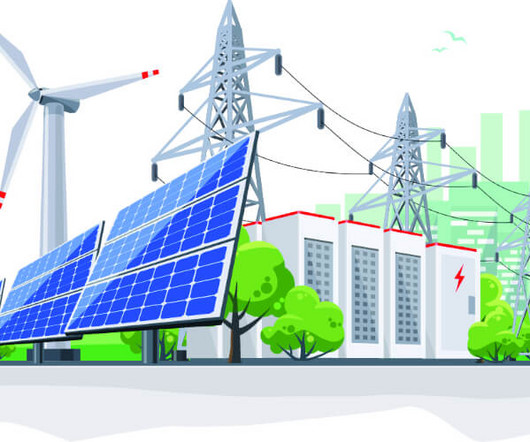




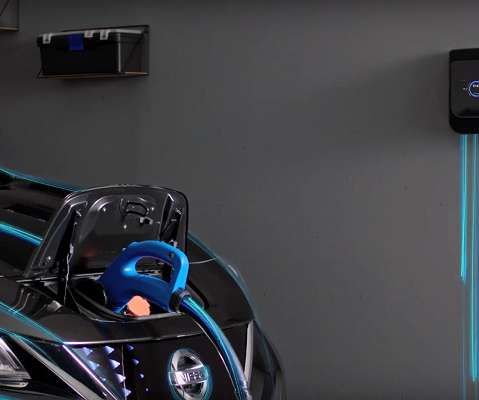


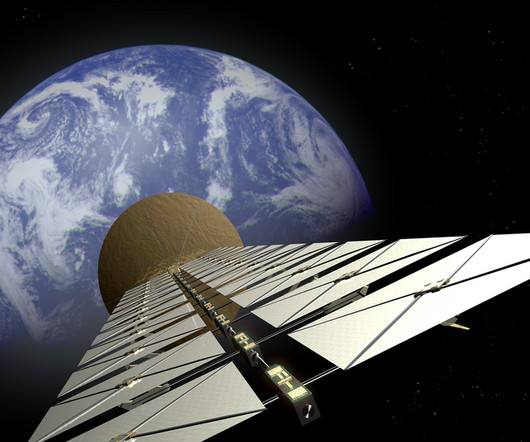
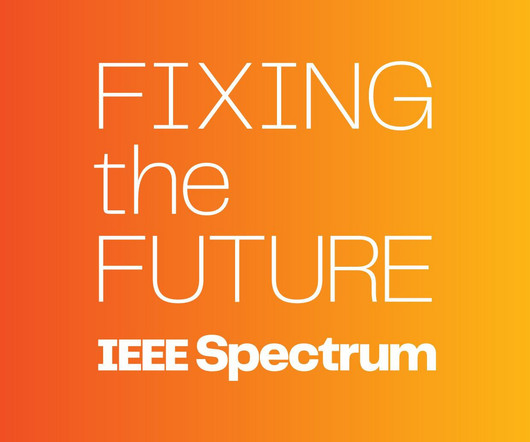








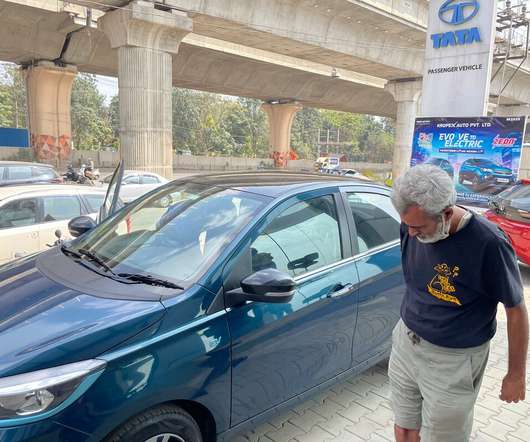










Let's personalize your content